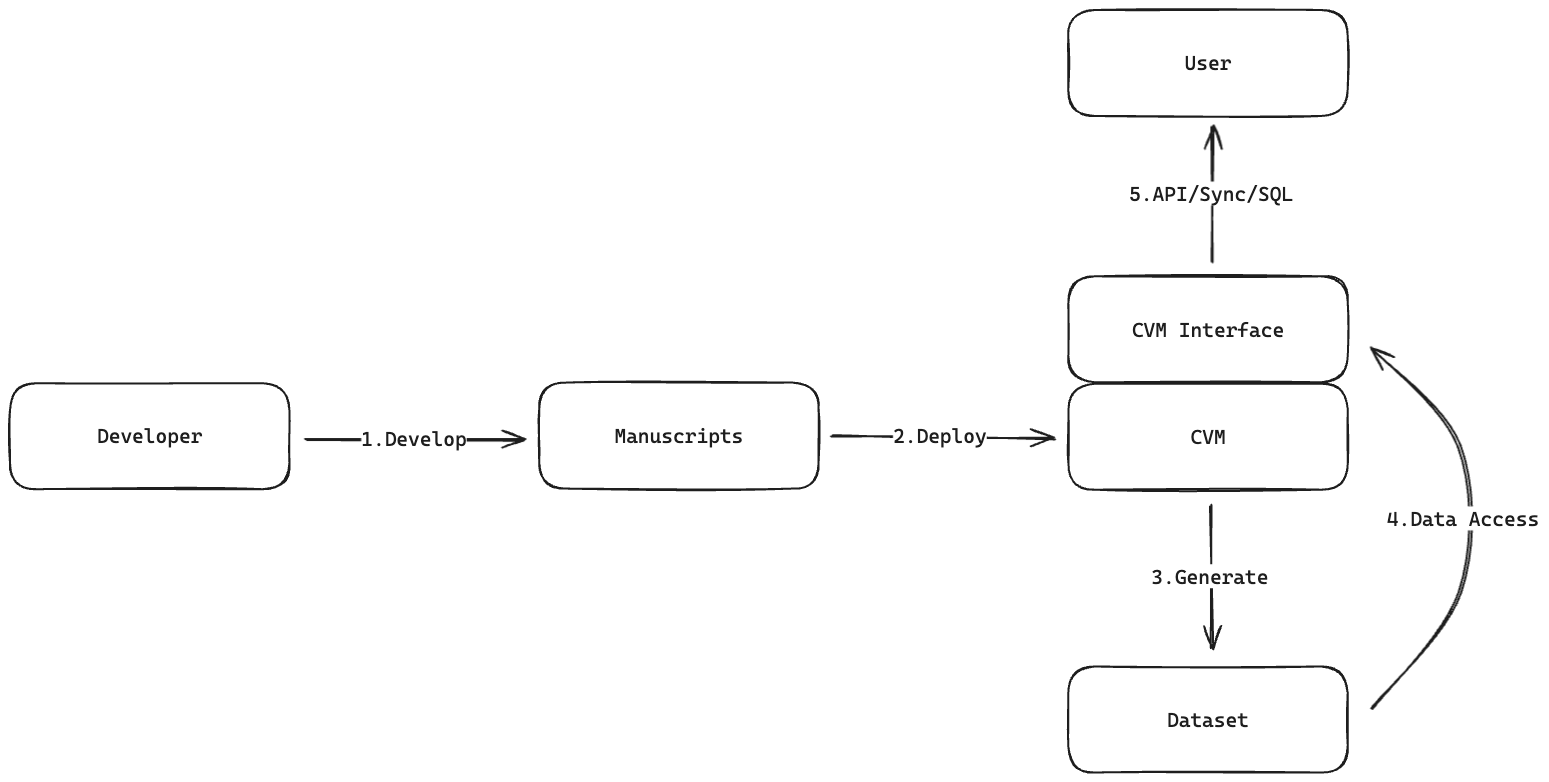CREATE TABLE ethereum.blocks (
block_number bigint NOT NULL COMMENT 'Block number uniquely identifying the block',
hash varchar(66) NOT NULL COMMENT 'Hash value representing the unique identity of the block(with bloom filter)',
parent_hash varchar(66) NOT NULL COMMENT 'Hash value of the parent block(with bloom filter)',
nonce varchar(78) COMMENT 'Nonce value associated with the block',
sha3_uncles varchar(66) NOT NULL COMMENT 'SHA3 hash of the blocks uncle data(with bloom filter)',
logs_bloom varchar COMMENT 'Logs bloom filter for events emitted in transactions',
transactions_root varchar(66) NOT NULL COMMENT 'Root hash of the Merkle Patricia Trie for transactions(with bloom filter)',
state_root varchar(66) NOT NULL COMMENT 'Root hash of the Merkle Patricia Trie for the state(with bloom filter)',
receipts_root varchar(66) NOT NULL COMMENT 'Root hash of the Merkle Patricia Trie for receipts(with bloom filter)',
miner varchar(42) NOT NULL COMMENT 'Address of the miner who mined the block(with bloom filter)',
difficulty varchar(78) NOT NULL COMMENT 'Difficulty value representing the mining difficulty',
total_difficulty varchar(78) COMMENT 'Total accumulated difficulty of the blockchain',
size bigint COMMENT 'Size of the block in bytes',
extra_data varchar NOT NULL COMMENT 'Extra data included in the block',
gas_limit varchar(78) COMMENT 'Maximum gas limit allowed for transactions in the block',
gas_used varchar(78) COMMENT 'Total gas used by transactions in the block',
block_timestamp timestamp(3) NOT NULL COMMENT 'Timestamp of when the block was mined',
transaction_count bigint COMMENT 'Number of transactions included in the block',
base_fee_per_gas varchar(78) COMMENT 'Base fee per gas unit for transactions in the block',
withdrawals_root varchar(66) COMMENT 'Root hash of the Merkle Patricia Trie for withdrawals',
parent_beacon_block_root varchar COMMENT 'The hash tree root of the parent beacon block for the given execution block',
excess_blob_gas bigint COMMENT 'The blob gas pricing.',
blob_gas_used bigint COMMENT 'The total amount of blob gas consumed by transactions in the block'
);
